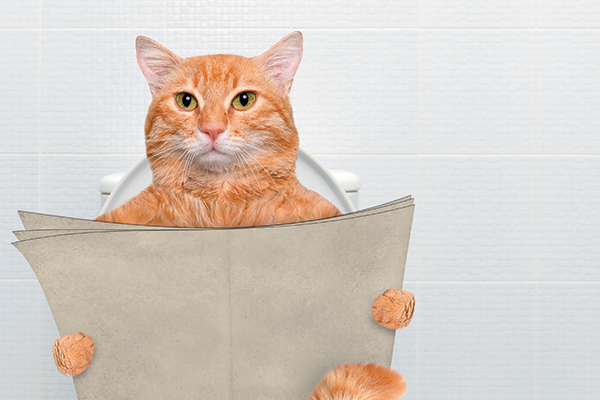Cat litter: While many cats and cat caretakers are comfortable with clay litter, some prefer to use litters made from alternative materials. The argument for natural cat litter made from plant material is that it’s friendlier on the environment, it generally weighs less than clay litters, and cats like it.
But, how easy is it to clean up natural cat litter? I haven’t used every alternative cat litter on the planet, so I asked some of my fellow cat bloggers about their experiences. Here’s the scoop.
1. Corn
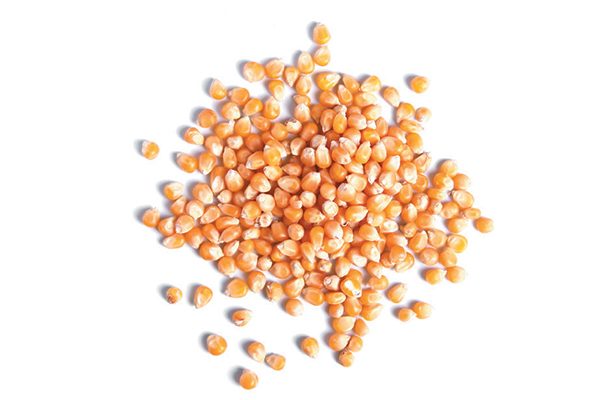
Cat litter made of corn, whether you’re using a commercial product or antibiotic-free chicken layer crumbles, has benefits and drawbacks. I’ve been using corn cat litter for years, and I’ve liked it for many reasons.
First of all, it’s not perfumed. Secondly, my experience has been that it clumps amazingly well. However, corn cat litter does track a lot, no matter what you do, so do some extra vacuuming around the litter box if you use it.
2. Grass
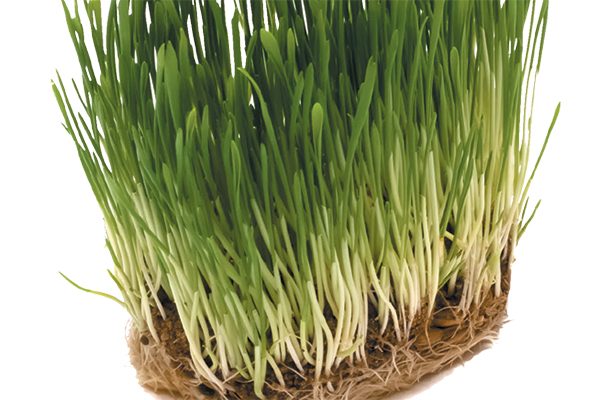
Cat litter made of grass is lightweight, and according to Melissa Lapierre of Melissa’s Mochas, Mysteries & Meows, it works great. “I’ve been using grass litter since last fall, and it’s amazing,” she says. “Lightweight, no dust, no scent, long-lasting.”
On the other hand, grass litter might be too lightweight for heavier cats. Connie Smith of Tails from the Foster Kittens, says, “I really liked the grass litter, but it was too lightweight for my 14-pound cat. She knocked the box over getting out, and in it she sank right up to her crotch.”
3. Green tea
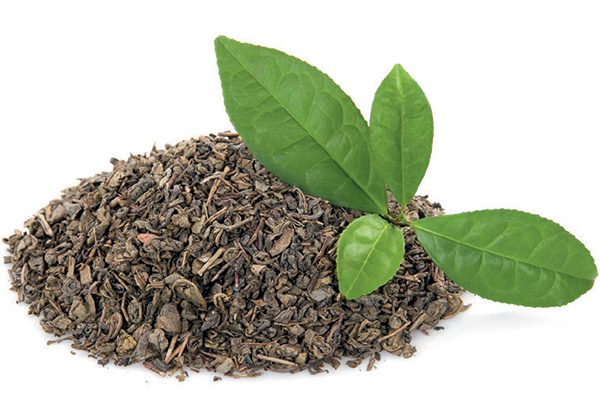
I’ve used green tea litter before, and I found that it worked quite well for odor control and powerful clumping. Green tea litter comes in a clumping formula and a pellet formula, and like most clumping litters, the green tea litter does get dusty, and my cats tracked it even with a litter mat.
However, some reviews on retail websites have indicated insufficient clumping and the need to buy a special scoop for the pellet formula.
4. Walnut shells
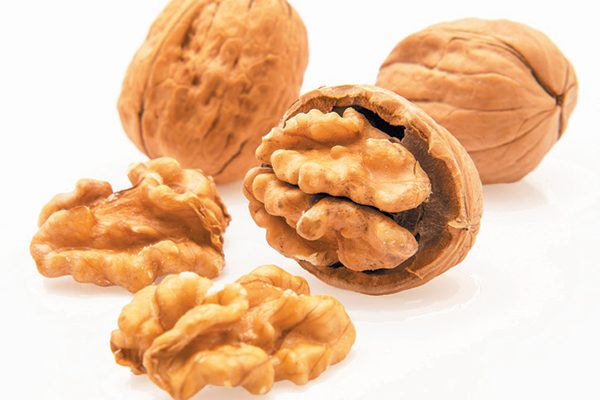
I have used walnut shell-based litter, after I consulted the ASPCA Poison Control Center and made sure walnut shells aren’t toxic to cats. It clumped amazingly well and controlled odor at least as well as corn litter.
But the dark-brown dust got everywhere, including on my cats’ paws. I’m not the only one. “I tried the walnut litter, but the kittens didn’t want to use it, and when they did it turned their white feet brown,” Connie says.
5. Wheat
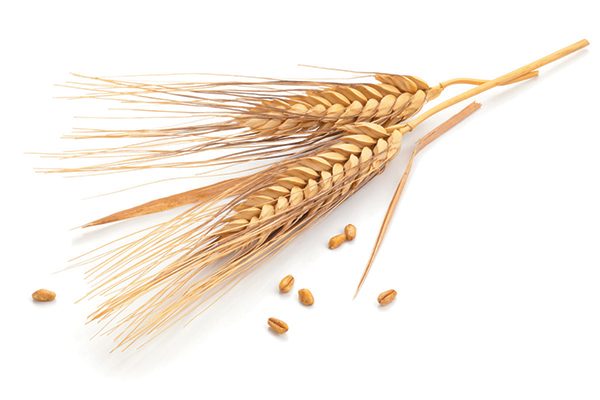
Wheat litter is very lightweight and has a nice, natural smell. However, it didn’t work for me in terms of odor control, and it got everywhere. On the other hand, some people and cats really like it.
“The cats and I love it,” says Alexandra-Deztinee High of Deziz World. “It works great, takes care of odors wonderfully, clumps well and can be flushed [in most places].”
6. Wood pellets
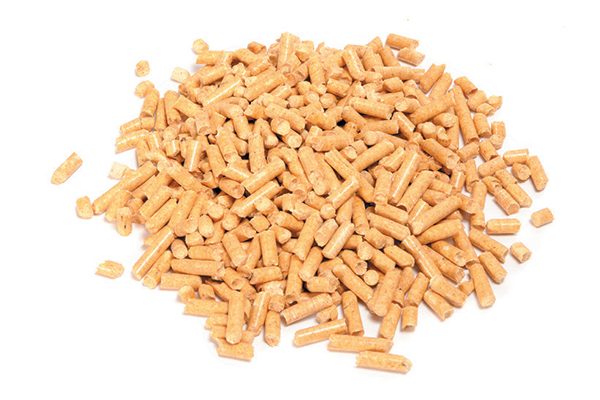
I’ve tried pine pellets in the past, too. While it smelled nice, it was difficult to scoop out poop because the holes in standard scoops are too small to let the pellets through. Pee made the pellets turn into dust, which then got everywhere.
Hardwood pellets are also available, but be sure that they don’t contain any adhesives, finishes or fixatives because those can be toxic to cats. “Even though they are not a product made for pets, my cats like [hardwood] pellets the best,” says Bernadette Kazmarski of The Creative Cat. “They hardly produce any sawdust as the pine pellets do.”
A final word about natural cat litter—
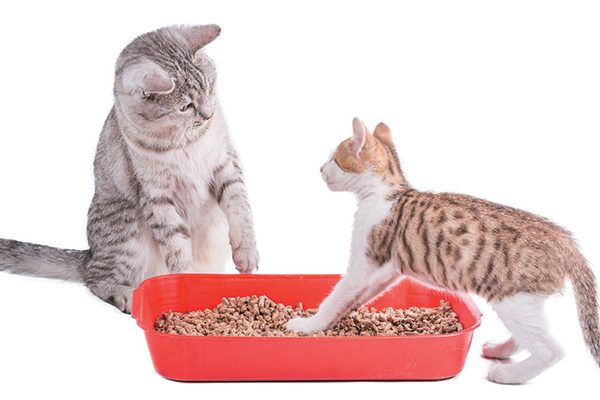
How easy or difficult is it to clean up after all-natural litters? The consensus from people who have used them is that they do tend to be dusty, and because they are lightweight, they can track more than standard clay litters.
That said, a cordless vacuum cleaner, a broom and a dust rag are all it takes to clean up after an all-natural litter. Keep in mind that all-natural litter may perform differently in high-humidity areas than in more arid ones.
One last thing: Just because a litter claims to be flushable doesn’t mean that it should be. Some states don’t allow flushing of cat litter, and flushing litter — even the all-natural stuff — can cause septic backups or clogs in sewer lines.
Tell us: Do you use natural cat litter? What type of natural cat litter do you / your cat prefer?
Thumbnail: Photography ©Rasulovs | Getty Images.
JaneA Kelley is the author of the award-winning cat advice blog Paws and Effect and a contributing writer at Catster.com. She is a volunteer with Diabetic Cats in Need, a nonprofit that helped save her diabetic cat’s life.
Editor’s note: This article originally appeared in Catster magazine. Have you seen the new Catster print magazine in stores? Or in the waiting area of your vet’s office? Click here to subscribe to Catster and get the bimonthly magazine delivered to your home.

